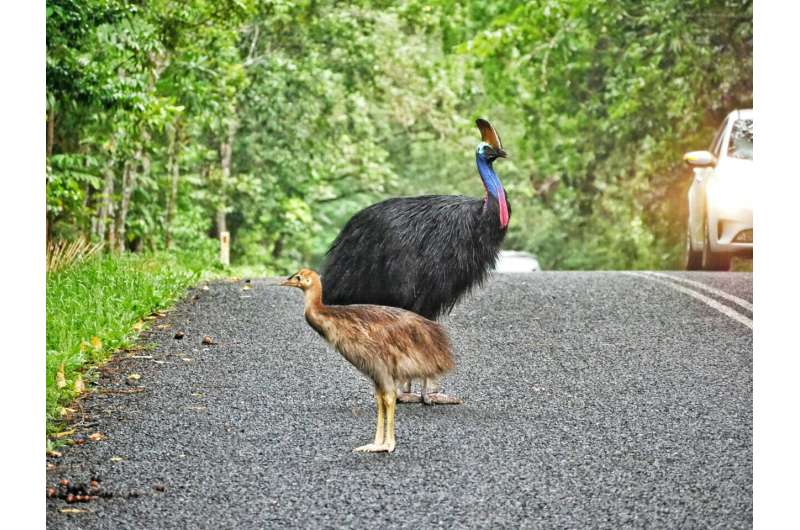Every year, highways become killing fields—not just for humans, but for the animals whose habitats those highways slice apart. Fences can block some crossings, but they’re expensive, high-maintenance, and often just push the problem elsewhere. Now, Australian researchers believe they’ve found a smarter, faster, and more adaptable answer: AI that sees animals before you do—and warns you in real time.
Meet LAARMA—the Large Animal Activated Roadside Monitoring and Alert system. It’s an open-source, self-learning AI platform that uses sensors to detect large animals up to 200 meters away, in any weather, day or night. When a detection is made, roadside signs instantly flash a tailored warning to drivers, naming the animal and signaling urgency. The result? In a recent five-month trial in cassowary country, drivers slowed down by as much as 10%, with the system correctly spotting the birds 97% of the time.
The brilliance isn’t just in the detection—it’s in the psychology. Before deploying LAARMA in the wild, researchers ran focus groups, surveys, and driving simulator tests to perfect the warnings. Naming the animal (“Cassowary Ahead”) proved far more effective than generic messages. Urgency mattered too—real-time alerts made drivers believe the threat was immediate, prompting meaningful slowdowns in approach zones.
The trial’s results were striking: 287 confirmed cassowary sightings, precision scores that rival top AI object-recognition systems, and measurable changes in driver behavior. And because it’s open-source, LAARMA can be retrained to protect other species—from Nepal’s red pandas to Brazil’s giant anteaters—without ripping out and replacing hardware.
This isn’t just road safety. It’s a blueprint for machine learning as an ecological first responder—scalable, adaptable, and deployable almost anywhere. Instead of building walls between humans and wildlife, LAARMA builds a layer of awareness, giving drivers the split-second they need to avoid turning the road into a graveyard.
If the tech spreads globally, future highways could become safer for everyone—two-legged, four-legged, or otherwise—without the costly trade-offs of traditional mitigation methods. In other words, the age-old game of animal roulette on the asphalt may finally have a winner, and it’s not the bumper.


